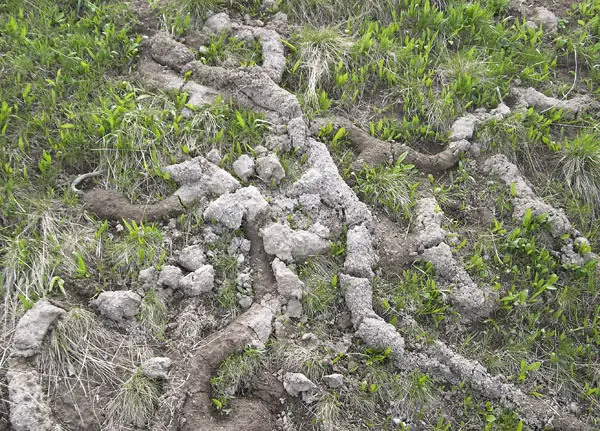Guinea pig
Also known as a cavy, the guinea pig is a rodent species that belongs to the genus, Cavia. Their name is a bit misleading as they do not come from Guinea, and nor are they pigs at all. They actually originated in the Andes, and biochemistry and hybridisation studies suggest that they are actually descendants of other cavy species and do not exist naturally in the wild. However, they do play an important role in the folk culture of many different Indigenous South American groups in folk medicine, food, as well as community religious ceremonies.
The common guinea pig was first domesticated as early as 5000 BC as a food source by tribes residing in the Andes region, which are the current day southern Colombia, Peru, Ecuador, and Bolivia. Statues were unearthed and were carbon dated to around 500 BC – 500 AD in both Ecuador and Peru. In fact, the Moche people who lived in ancient day Peru actually worshipped animals and depicted the guinea pig as part of their art.
Since around 1200 AD until the Spanish conquest in 1532, selective breeding was conducted on guinea pigs. This resulted in many different varieties of domesticated guinea pigs which form the basis of the modern day domesticated breeds of guinea pigs. They are still a food source for this region, and many households in the Andes raise guinea pigs and they live off the family’s vegetable scraps.
Guinea pigs play a huge part in Indigenous South American folklore traditions. Guinea pigs are frequently mentioned in spoken metaphors. They are also exchanged as a gift, and used in both customary religious and social ceremonies. Folk doctors, also known as curanderos, use the guinea pig in traditional healing rituals. They use the guinea pig to diagnose diseases such as typhus, arthritis, rheumatism, and jaundice. Folk doctors do this by rubbing the animal against the body of the person who is sick, as guinea pigs are seen as a supernatural medium. Black guinea pigs are considered the best for diagnosing diseases. The animal may be cut open and its entrails examined to find out whether the cure provided was effective. Although this may seem like hocus pocus, these methods are widely accepted in many parts of the Andes where Western medicine is not trusted or is unavailable.
After Spanish, English, and Dutch traders brought guinea pigs back to Europe, they became a popular pets. In particular, guinea pigs were popular as an exotic pet of royals and those in the upper class, such as Queen Elizabeth I. The earliest known written record of the guinea pig dates from 1547 in a description from Santo Domingo. As cavies are not native to Hispaniola, the animal was most likely introduced there via Spanish travellers. In the West, the guinea pig was first described in 1554 by Conrad Gessner, a Swiss Naturalist.



